Ever heard the term modular construction? As the demand for faster, cost-effective, and sustainable building solutions grows, it is revolutionising the building industry by offering a quicker, more efficient way to create homes, offices, and commercial spaces. Workers manufacture structures in sections at a factory and assemble them on location, instead of building everything on-site.
The modular construction market is expanding rapidly, driven by the need for smarter, more sustainable building solutions. In this guide, we will cover the basics of modular construction, its advantages, challenges, and why it’s shaping the future of development. Curious to know why modular is taking over? Keep reading to dive deeper because we have only scratched the surface!
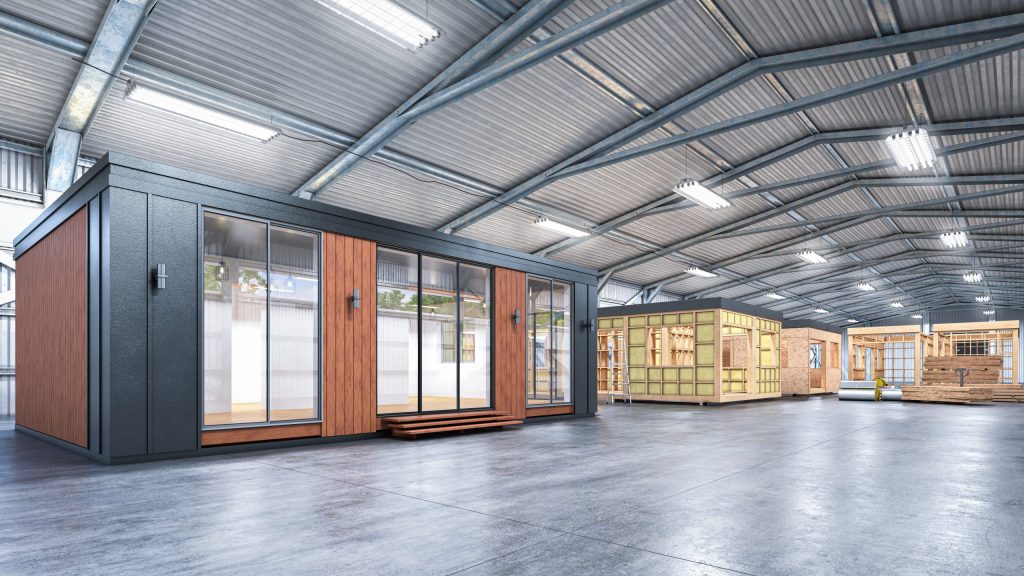
Modular construction is an innovative building method where structures are constructed off-site in controlled factory settings using the same materials and standards as traditional construction. These buildings are made in sections or ‘modules’, which are then transported and assembled on-site like building blocks. Much of the work happens simultaneously, and an indoor modular structure significantly reduces build time, minimises delays caused by weather, and improves overall efficiency.
From residential homes to large commercial projects, this approach is a faster, more sustainable alternative to conventional construction. It reduces time, waste, and costs, making it an increasingly popular choice.
Modular construction is a modern method of building that takes place mostly off-site in a controlled factory environment. In modular building construction, structures are divided into individual sections known as modules, which are built, finished, and inspected before reaching the final location. While manufacturers produce the modules, construction crews simultaneously lay the foundation on-site. Once they finish the foundation, workers transport and assemble the modules, significantly speeding up the overall build process.
A key part of efficiency lies in the use of high-quality modular building construction materials, such as steel, wood, concrete, and advanced insulation systems. Since everything is crafted in a controlled setting, waste is reduced and quality is carefully monitored. This method not only saves time and labour costs but also delivers durable, sustainable buildings for everything from homes and offices to schools and hospitals. As demand grows for smarter building solutions, modular construction continues to rise in popularity.
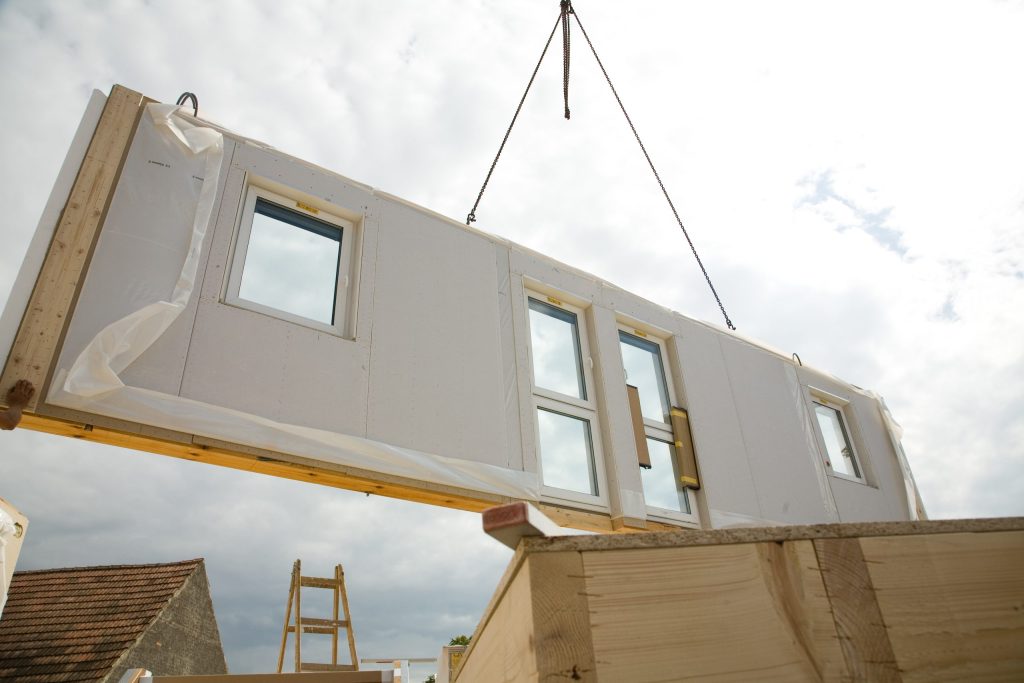
What is modular construction methods, and how do they work? There are different types of modular construction techniques and methods. Depending on project needs, they are becoming more diverse and adaptable than ever. Each is designed to meet specific structural, design, and efficiency goals.
Permanent modular construction is a modern building method where modules are manufactured off-site and then assembled on a permanent foundation. Constructors create PMC buildings to last just as long as traditionally built ones, often delivering better quality and faster completion than temporary structures.
Using advanced modular construction techniques, modules are built while the site is being prepared, reducing overall manufacturing time. This makes PMC ideal for schools, hospitals, apartments, and commercial buildings. With strong durability, designed flexibility, and reduced waste, PMC is a smart choice for developers looking to build efficiently without compromising on quality.
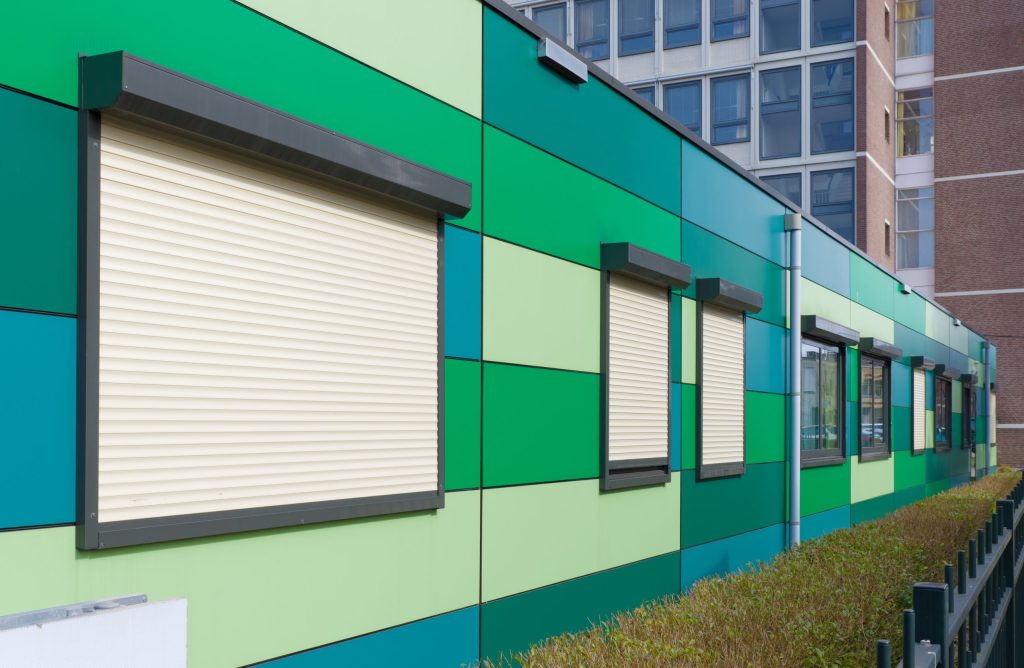
Relocatable modular buildings are temporary structures built using the same off-site construction as permanent modular buildings, but with one key difference: they are designed to be moved! Users can relocate, reuse, or reconfigure these buildings multiple times, making them ideal for short-term needs.
Commonly used for classrooms, temporary offices, emergency housing, and event spaces, RMBs offer quick setup, flexibility, and cost efficiency. Thanks to modern modular building techniques, they still meet safety and building code requirements while offering functional and comfortable spaces. Relocatable modular buildings are a smart solution when speed and adaptability matter most without sacrificing quality.
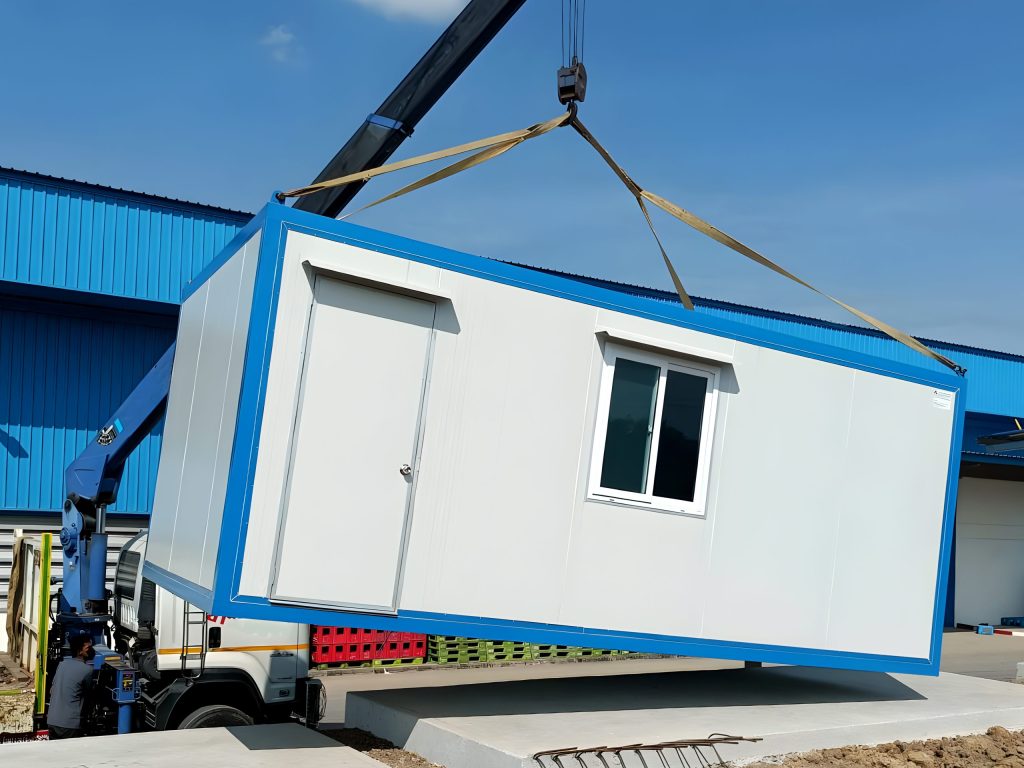
As industries continue to seek faster, smarter, and more sustainable building solutions, one question is being asked more than ever: Why modular construction? The answer lies in its advantages that traditional building methods often can’t match. Below, we break down the most compelling benefits of modular construction for developers, architects, and project managers alike.
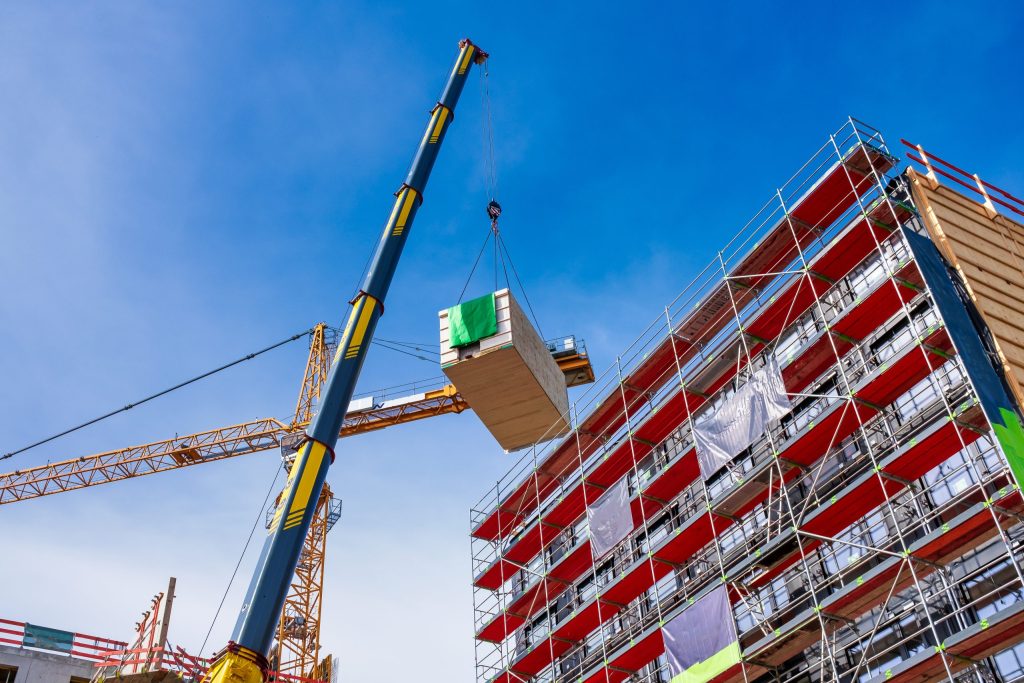
Now you know the advantages; it is also important to understand the challenges and limitations. Below are the disadvantages of modular construction.
While modular fabrication offers speed, efficiency and sustainability, it isn’t without hurdles. Understanding modular construction advantages and disadvantages helps you ensure better planning and smooth execution.
Now that you are familiar with the pros and cons of modular construction, let’s discuss its future. As the building industry faces growing pressure to deliver projects faster, more sustainably and at lower cost, the spotlight is increasingly turning to modular buildings. However, this isn’t just a passing trend; it’s a shift that’s reshaping the future of how we build. Here’s a look at what’s ahead for the modular framework and why it is expected to play a major role in tomorrow’s built environment.
The future of modular construction is bright, and it’s only just the beginning! Rapid technological advancements, sustainability demands, and growing industry acceptance are positioning the modular framework to become not just an alternative but the standard in the decades ahead.
Modular construction is no longer just a niche alternative; it is quickly becoming a mainstream solution to many of the challenges faced by the modern building industry. With its ability to reduce build times, cut costs, minimise waste and improve quality, it is easy to see why modular buildings is gaining global momentum. As technology advances and the demand for eco-conscious building grows, the benefits of modular structures will become more pronounced.
Forward-thinking developers like Confident Group are embracing modern techniques to deliver innovative, high-quality living with unmatched speed and precision. Our commitment to innovation reflects the true benefits of modular structure. The future of building is here, and it’s modular, and we are paving the way!
1. What are the advantages of modular construction?
Modular construction offers faster project completion, reduced costs and improved quality through off-site manufacturing. It also minimises waste and supports sustainable, flexible building solutions.
2. Is modular construction the future?
Yes, modular construction is the future of building due to its speed, sustainability and cost efficiency. As technology and demand for smarter buildings grow, modular methods are becoming a preferred choice worldwide.
3. Why is modular construction cheaper?
Modular construction is cheaper because it utilises factory-controlled processes that reduce labour costs, material waste, and project delays. Bulk purchasing and efficient scheduling also help keep costs lower than traditional construction.
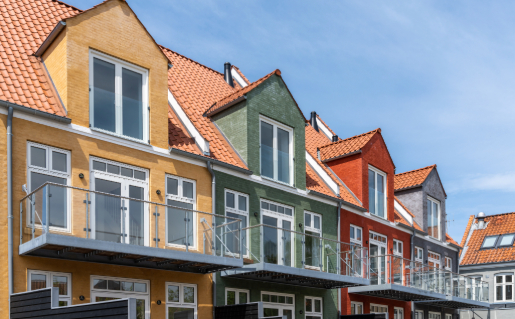
Ever heard of row houses? They are identical low-rise homes built side-by-side in a row. Each is a single residential unit with its own living space and entrance. This design dates back to 1...

Understanding the difference between warm light vs cool light is key to designing a comfortable, visually appealing home. Many homeowners wonder, “What is cool light and warm light?”, es...
Comments